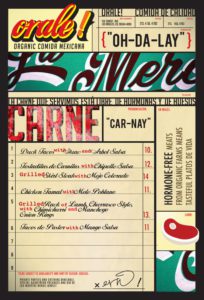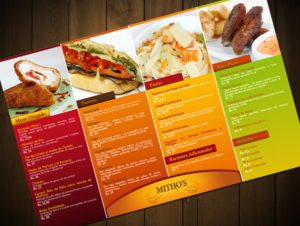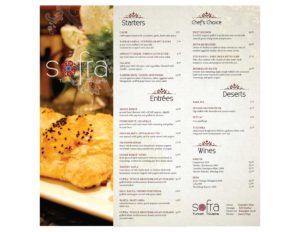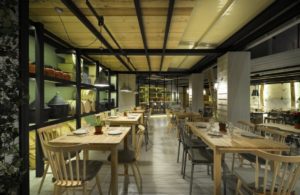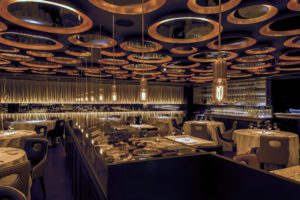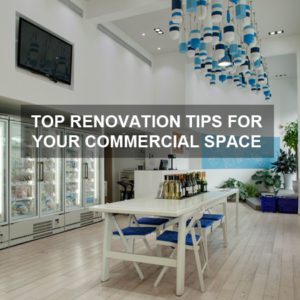While it might seem like an added expense, making an investment in an interior designer can pay off big time for your retail space. The right design can boosts sales by increasing your amount of overall traffic. Further, a professional will know the best ways to maximize your space along with your budget. Here are some tips on how to find and hire the best interior designer for your retail space:
- Ask around: Nobody knows better than your fellow retail store owners who to hire and who to avoid! Go for a walk to the stores nearest to you to inquire. Pay attention to which local stores catch your eye and which ones turn you away. Be sure to ask for references from the places that make you want to shop. It can also be useful to find out who designed store spaces that you don’t like to narrow down your choices. If you are taking over an old retail space, you’ll want to find someone who is experienced working with older buildings. Also, if you’re converting another commercial space such as a restaurant or warehouse to a retail space, you will need someone with experience with conversion.
- Know your vision: Have a solid idea of what you want out of your design before you begin interviewing designers. Start with the basics: Are you going for a vintage look or something more modern? Do you want bright colors or a darker look? In addition, you will need to consider how people are going to shop at your store. A clothing store will need fitting rooms while a beauty boutique will need makeup counters and chairs/stools. Any retail space will need enough walkways for people to comfortably fit down the aisles, so you will need to consider how you are going to display your products. Knowing the specific style you want will not only help you narrow down the designers you interview, it will also be useful to determine which designer is most capable of helping you achieve your vision.
- Set a realistic budget: You want all the bells and whistles, sure, but you probably can’t afford them just yet. Make a realistic budget along with a list of things you absolutely need. For instance, a clothing store will absolutely need good quality shelves, racks, and fitting rooms along with other essentials such as good lighting and attractive (and safe, lead-free) paint. You can create a separate list of things you want but will be ok with not having right away such as accent lamps, fancy overhead light fixtures, and an upgraded sound system. You can always add in design elements later as your store gets going and just get the essentials at this stage.
- Get specific during the interview: After each candidate leaves the interview, you should have a clear idea of what your retail space will look like, how much it will cost, and how long it will take. Ask specific questions regarding budget and timeline during the interview, and don’t be afraid to turn someone away who can’t meet your needs.
- Get references: Each candidate should be able to provide you with three references that you can contact to find out about their work style. Be sure to follow up with references, even for candidates who seem like a dream to work with. This is your money and your store after all. You want to make sure the designer you pick is going to follow through.
Hiring a designer for your retail space will save you headaches and money in the long run. Use these tips to find the best designer in your area for your store. For more information on how to find the perfect designer for your store, contact us today!

